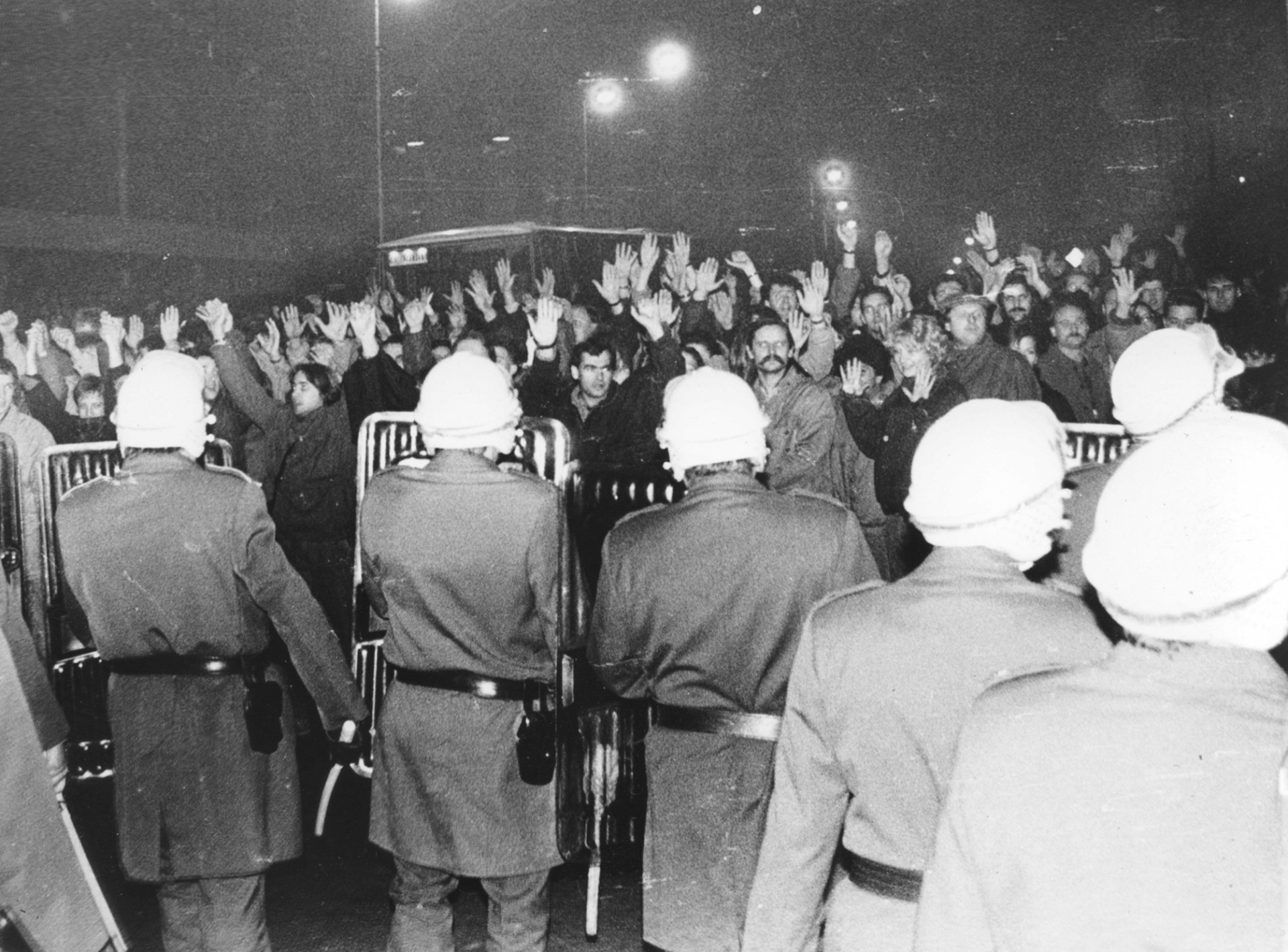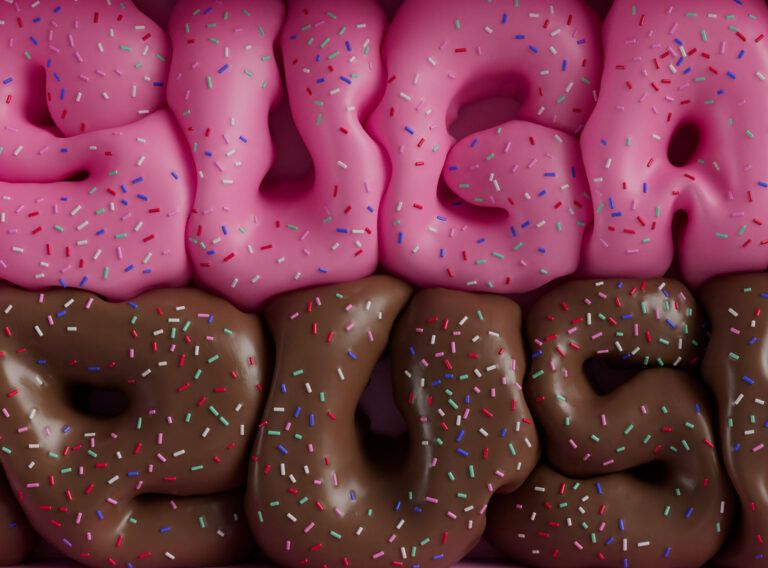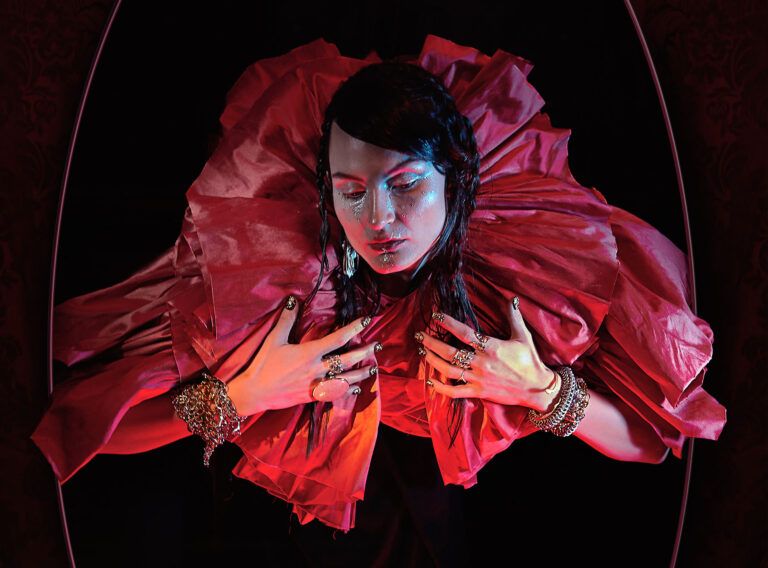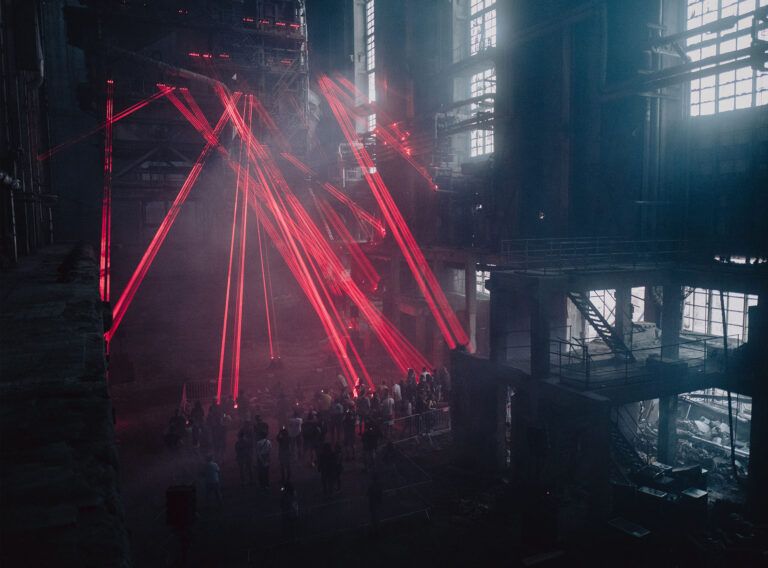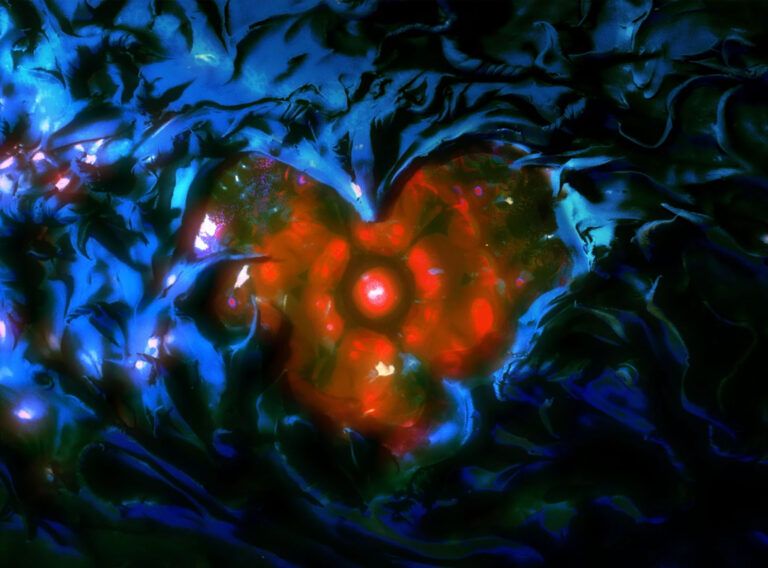Over 30 years ago, the North Bohemian city of Teplice bore witness to demonstrations that took place just a few days before the well-known events at Národní třída (National Street) in Prague on 17th November 1989. The unbearable ecological situation manifesting as constant atmospheric pollution drove the people of Teplice into the streets. Shortly after the leaflets made and distributed by a young apprentice Zbyšek Jindra and his friends appeared across the city, unauthorized protests for cleaner air and the solution to the bleak environmental situation took place in downtown Teplice on 11th November 1989 and several following days. During these days, a petition was also drawn up and local regime representatives agreed to meet for a public gathering at the Teplice stadium as soon as 20th November and further look into the situation. Meanwhile, the events in Czechoslovakia took a sharp turn and ecological issues were expanded by many other demands…


As a reminder of the Teplice ecological demonstrations and surrounding “Velvet” events, a photography publication named Inverze 89 (Inversion 89) came to life near the end of 2019, presenting a number of pictures documenting varied events of this period. The book’s editors searched personal collections of Teplice’s professional and amateur photographers but also those of museums, archives and other institutions. They met with an array of contemporary witnesses and participants of the demonstrations. They succeeded in tracing a body of materials of which some were published for the very first time.


On over 200 pages, one can discover photographs documenting both the ecological demonstrations, law enforcement interventions or processions and the events of the following days, such as the winter stadium gathering, the general strike at Zdeněk Nejedlý Square, the meeting with actors at Krušnohorské Theatre and others. The era’s atmosphere is also portrayed by the documentation of several smaller events in the final days of 1989 and the initial months of 1990. Besides photographs, the publication contains a summary of the most important events in the form of a timeline, accompanied by statistics and graphs detailing the ecological situation in the region at the end of the 80s.



Nowadays, these events and their documentation are important not only because of their aspect of a spontaneous surge of civil resistance in one of the peripheries of totalitarian Czechoslovakia. Many a participant of these protests then continued to pursue ecological topics even in the following period, which resulted, e.g., in influence over the newly-approved legislative and some statutory norms in the environmental protection area.



CREDITS/
Photographs by / Petr Beránek, Olaf Deutsch, Marek Fujdiak, Jan Kašpar, František Kornalík, Kristian Körschner, Libor Zavoral, Petr Kuranda, Věra Lukášková, Milan Nový, Miroslav Rada, Jiří Reissig, Petr Stolař, Pavel Szirotný, Zdeněk Traxler
Editors / Martin Fuksa, Martin Ponec
Published by / Temory z. s. in Teplice, Czech Republic, 2019
Official website: https://www.inverze89.cz/
Article translation / Františka Blažková
